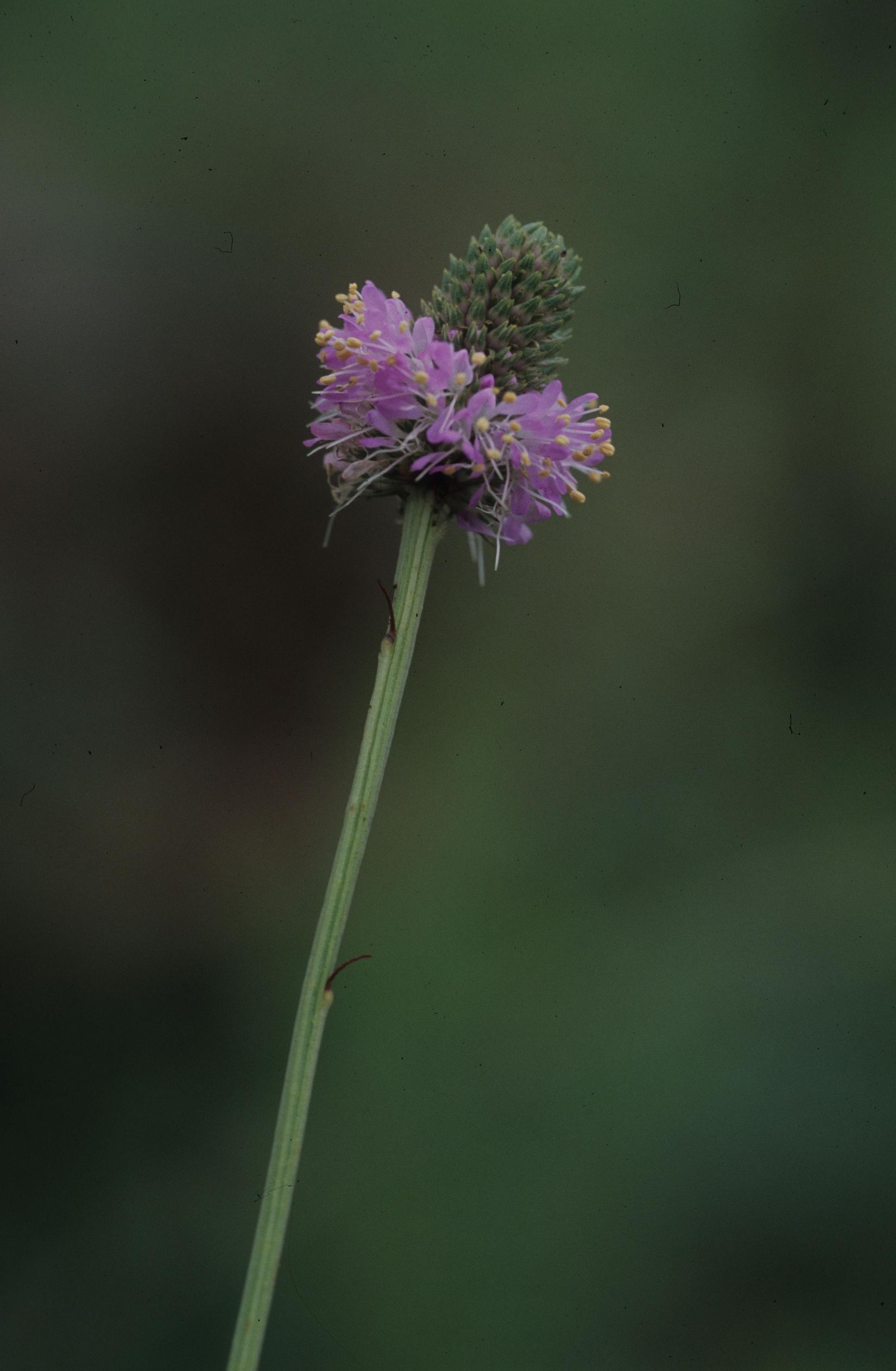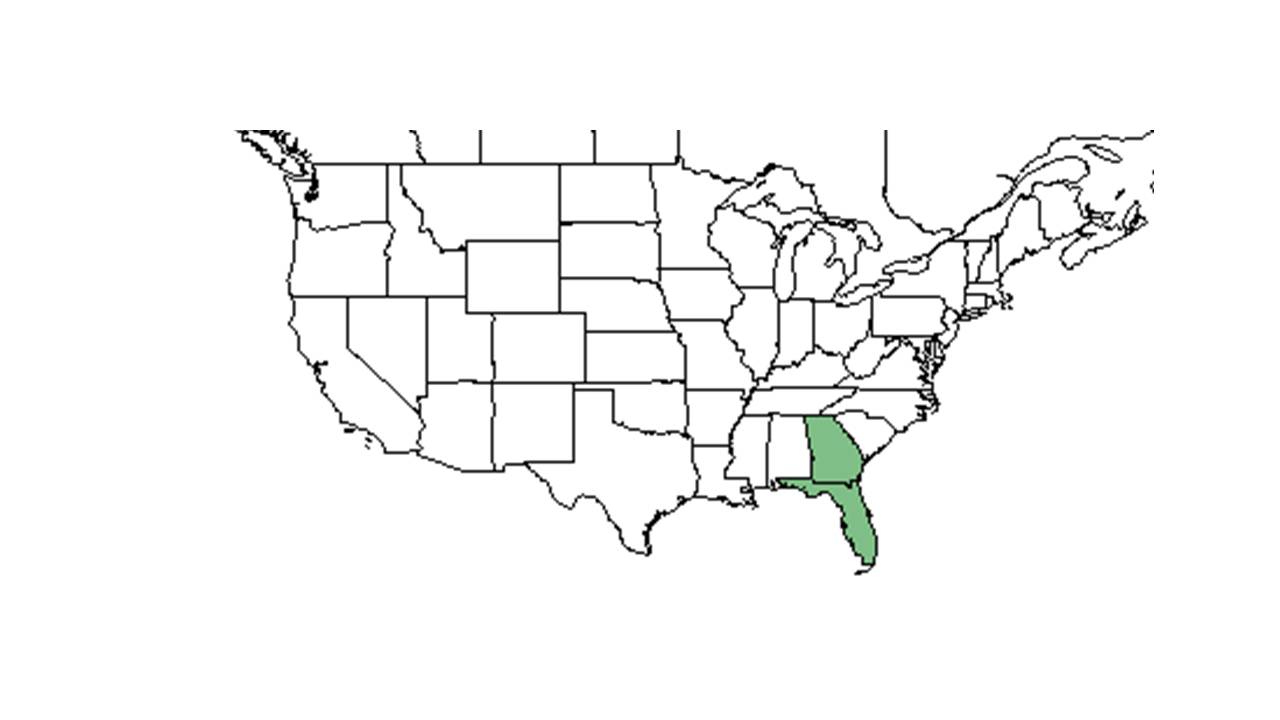Difference between revisions of "Dalea carnea"
(→Description) |
(→Pollination) |
||
| Line 34: | Line 34: | ||
===Seed bank and germination=== | ===Seed bank and germination=== | ||
===Fire ecology=== <!--Fire tolerance, fire dependence, adaptive fire responses--> | ===Fire ecology=== <!--Fire tolerance, fire dependence, adaptive fire responses--> | ||
| − | ===Pollination=== | + | ===Pollination=== |
| + | Has observed bumble bees and honey bees on ''D. carnea'' (FSU Herbarium). | ||
| + | |||
===Use by animals=== <!--Herbivory, granivory, insect hosting, etc.--> | ===Use by animals=== <!--Herbivory, granivory, insect hosting, etc.--> | ||
===Diseases and parasites=== | ===Diseases and parasites=== | ||
Revision as of 18:09, 12 July 2015
| Dalea carnea | |
|---|---|

| |
| Photo was taken by Gil Nelson | |
| Scientific classification | |
| Kingdom: | Plantae |
| Division: | Magnoliophyta - Flowering plants |
| Class: | Magnoliopsida – Dicotyledons |
| Order: | Fabales |
| Family: | Fabaceae ⁄ Leguminosae |
| Genus: | Dalea |
| Species: | D. carnea |
| Binomial name | |
| Dalea carnea (Michx.) Poir. | |

| |
| Natural range of Dalea carnea from USDA NRCS Plants Database. | |
Contents
Description
Common Name: Whitetassels
Plant with several elongate, radiating branches spreading through grasses, not erect (FSU Herbarium). Decumbent(FSU Herbarium). Has a turbinate lignotuber(FSU Herbarium).
Distribution
Ecology
Habitat
Is found in wet pine flatwoods, edges of cypress swamps, edges of pine palmetto habitats, Longleaf pine uplands, and in dry pine woods and savannas. Is also found in human disturbed areas such as open fields, embankments, areas that have been logged and clear cut. Requires semi-shaded areas. Is associated with areas that have drying loamy sand, loose sand, where limestone underlies the surface in flatwoods, and well-drained slopes of Longleaf pine forests (FSU Herbarium).
Phenology
Has been observed flowering from June to November (FSU Herbarium).
Seed dispersal
Seed bank and germination
Fire ecology
Pollination
Has observed bumble bees and honey bees on D. carnea (FSU Herbarium).